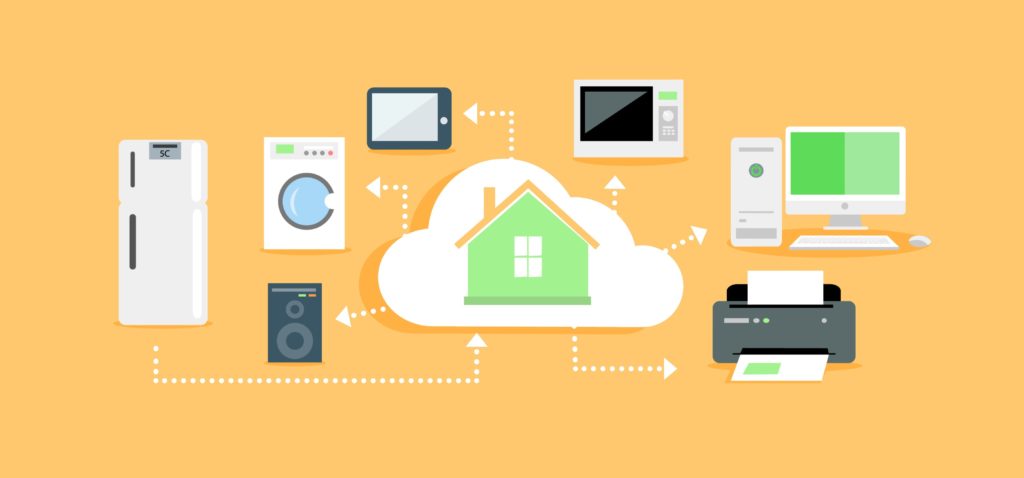Let’s face it, we’re adapting to a different world. As the whole country is facing the Covid-19 outbreak, about every state has ordered Americans to quarantine themselves inside their homes. It’s obvious, the more time we spend at home, the more we’re going to consume. This including food, television, computers, laptops, ovens, heating/cooling, lighting, and electrical outlets to charge our devices. Electric costs are already high in Los Angeles and for some of us not working, we need to be extra smart and consider how to reduce the electric bill during the Coronavirus stay at home order.
Unfortunately, many American have filed for unemployment, over six million to date. For homeowners in Los Angeles, they still have to pay their bills. For some, utility costs are the second highest monthly home expense. Here’s how you can make a difference and generating more savings that power.
Making Your Home Energy Efficient
If you haven’t received your latest electric bill yet, most likely when you do, you may find that you’re going to pay more than usual. There’s many ways to reduce energy use at home since we’re not going to stop consuming. We also need to maintain our sanity and comfort while in quarantine! Nevertheless we need to be smart with how we manage power.
Your Thermostat
According to Department of Energy, 50% of your electric bill is from heating and cooling. Depending on how many people live in the household, different people are going to have various levels of comfort and that’s going to lead to a consistent adjustment of the thermostat. Fidgeting with the thermostat is going to make your HVAC system work harder. Keeping the thermostat at a consistent temperature between 68%-74% ideal. If your home has ceiling fans, consider it as an alternative as we enter the summer months. Also, regularly check the air filter and follow these steps to clean it.
Your Lights
Unless you love candles you’re going to be paying for power. Efficient lighting is key to any home. Do you know what type of light bulb is lighting your home? Homes typically have 4 types of light bulbs:
- Compact Florescent Lights (CFL)
- Incandescent
- Halogen
- LED
LEDs save the most power because they require a fraction of the amount of electricity to produce the same amount of light as standard incandescent bulbs. LEDs are about 75% more efficient. That means they don’t have to be replaced often.
If you’re able to check which bulb you have, then you can put a very simple strategy together in terms of how often and when you’ll want to keep those lights on. For example, remember to turn of the lights when leaving a room. Despite some of us enjoy having a well lit home, energy costs are going to be higher than usual during the stay home order. If you know you can replace some bulbs with more efficient LEDs, consider purchasing online to avoid shopping and being out. Just be sure to sterilize the packaging before you bring it inside your home!
Outdoor lighting is usually left on for longer periods than indoor lights. If any areas around your home don’t need lighting, shut them off. Otherwise, if you haven’t done so already think about upgrading your outdoor lights with motion sensors or solar power.
Your Devices
We all love our electronics. Computers, tablets, smartphones, televisions, electric trimmers and anything else with a rechargeable battery. Some of us that have families have a lot of these gadgets. Being home almost 24/7 means that’s we’re spending more time using them and that means more consumption.
In order to maintain your sanity while having access to technology and entertainment, think about what you can reduce in your home’s daily routine. For example, if you have both a desktop computer and/or a laptop or tablet, shutdown your desktop.
Another option is to bring the family together to watch content on a single device rather than everyone watching on different devices. Also, when your devices are not in use a good energy tip is to unplug them from the wall. Even thought electronic devices such as audio systems and televisions are off, if they’re still receiving an electrical circuit. If you have multiple devices in a single area, a power strip will make it easy to disconnect all of them together.
Your Appliances
With most appliances you save energy by using them less. Guess which appliance you’ll never use less? Your refrigerator! The best way to save money on your fridge is to use an efficiency model that’s Energy Star Certified. If you don’t know if you have and Energy Star fridge, check the back and look for a yellow label that read Energy Star. If you’ve purchased a new fridge with the last 15 years, then most likely you got one that’s Energy Star Certified.
Being energy smart to reduce the electric bill during the Coronavirus will help provide individual and families financial relief. Asking family members to be more responsible with how they use energy can go a long way in keeping your energy bills low. Utilities only have a certain amount of power they can distribute. When demand for power gradually increases, so does the utility rates. Every year, your utility company raises power rates by 5-10% per year. Back in 2015, electric rates averaged at 14 cents per kilowatt/hour. In 2020, utility customers are seeing an average rate between 22 -27 cents per kilowatt/hour. Contact me directly to learn more about how your utility charges you for electricity.
